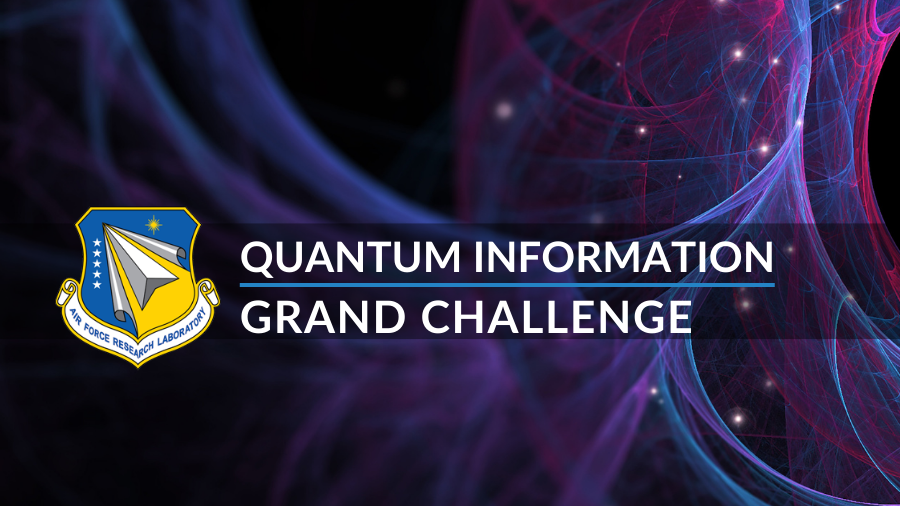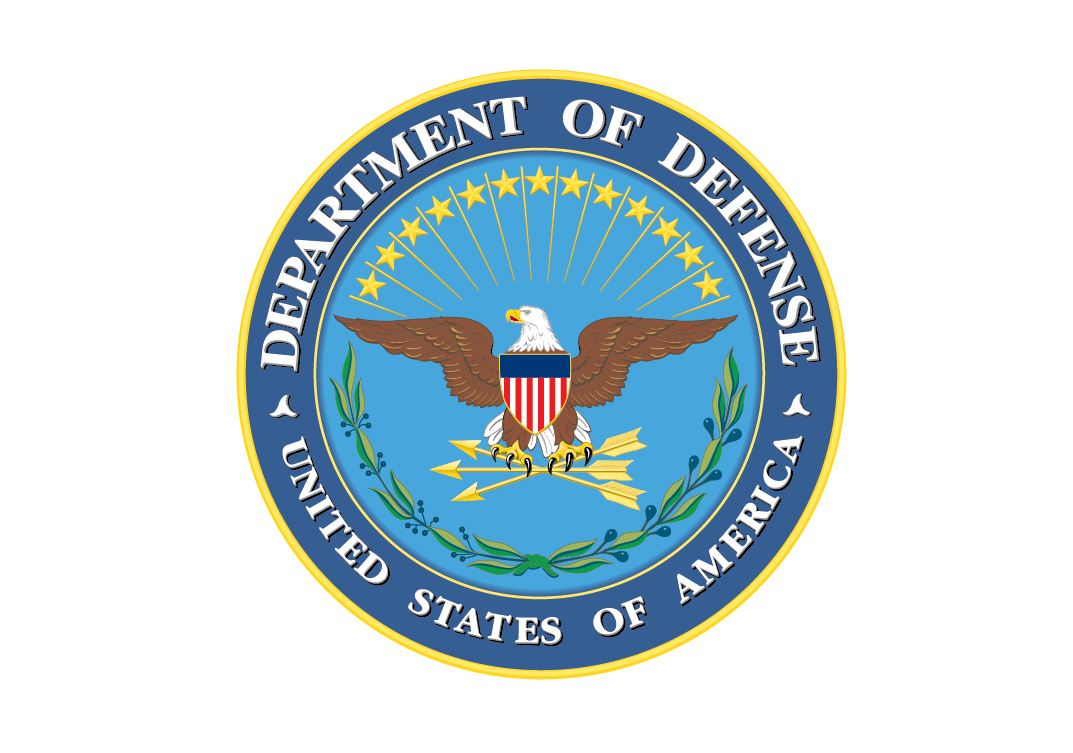
NSIN Presents: Air Force Research Laboratory Grand Challenge #1

Grand Challenge Overview
The Air Force Research Laboratory (AFRL) seeks white papers to evaluate methods for quantum-inspired efficient information extraction, which break traditional imaging limitations. Quantum-inspired imaging techniques resolving beyond the Rayleigh resolution limit could provide advantages for real-world problem sets, such as the detection and characterization of manufactured space debris or natural space objects such as asteroids, comets, and interstellar objects.
The Challenge
Space debris is a growing concern with an exponentially increasing orbital mass that threatens operational mission sets. Currently, telescopes cannot distinguish objects that are <10cm in size in low earth orbit and <1m in geostationary orbit. The on-orbit breakup of objects at these distances would similarly go undetected. Current statistical models estimate debris objects to number >1,000,000 for sizes 1-10 centimeters, and >130,000,000 for objects 0.1-1 centimeters. Also, small bodies in our solar system, such as the interstellar object Oumuamua, exhibit qualities that make them challenging for our terrestrial and space-based platforms to characterize (e.g. exceptionally low light levels, oddly shaped bodies, extreme ranges, and non-standard trajectories).
This Grand Challenge aims to provide improved detection of debris objects and characterization of space objects, including but not limited to fragmentation event debris counts and enhanced definition of unknown debris objects for better classification and orbital determinations. Methodologies proposed should quantify the improvement of quantum-inspired image extraction techniques over the current state-of-the-art used by the space surveillance network.
This challenge aims to design and demonstrate quantum information extraction beyond the Rayleigh limit of the imaging system, using realistic conditions and translatable to a realizable measurement system or architecture. The challenge winner will not have to transfer their exclusive IP rights to the government to receive a contract award. Instead, they will grant Government Purpose Rights to build their solutions. This contract award is open to all U.S. companies and U.S. universities, participants must be “U.S. Persons” (U.S. Citizens or Permanent Residents).
Grand Challenge Details
- What: AFRL Quantum-Inspired Information Extraction of Images Grand Challenge
- When: Sept. 27, 2022 - Oct. 14, 2022, submission due at 11:59 p.m. (ET)
- Where: Virtual
- Who: Eligibility for this challenge competition is limited to US citizens and US permanent residents.
- Why: Problem solvers in the field of quantum-inspired information extraction of images beyond the Rayleigh limit can win a contract up to $500,000, awarded across four phases, to develop high-resolution space imaging solutions.
Ask-Me-Anything/Information Sessions | Oct. 3 and Oct. 6
Sign up now to join the upcoming virtual information sessions about this Grand Challenge on Monday, Oct. 3 and Thursday, Oct. 6.
Access Grand Challenge #1
To participate in the challenge, teams will need to create an account on IdeaScale. Upon registration teams will receive a verification email. Check your spam folder if the verification email is not received. Please contact challenges@nsin.mil for questions about IdeaScale registration. All relevant information regarding this Challenge can be found via the following link to the IdeaScale platform:
Partners
***Distribution A. Approved for public release: distribution unlimited. Case Number: AFRL-2022-3547
